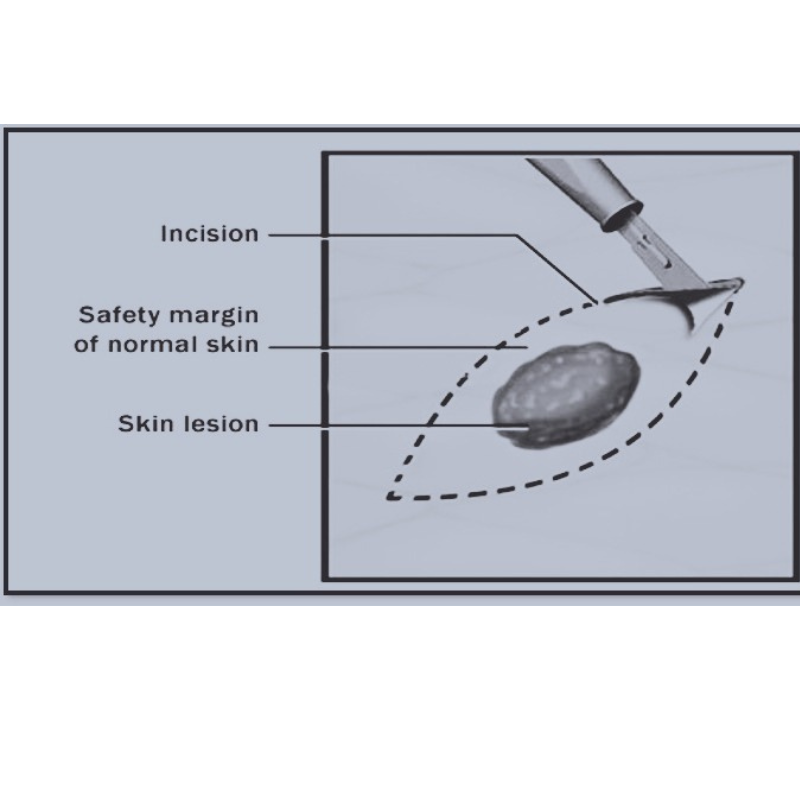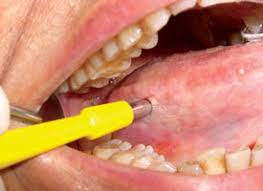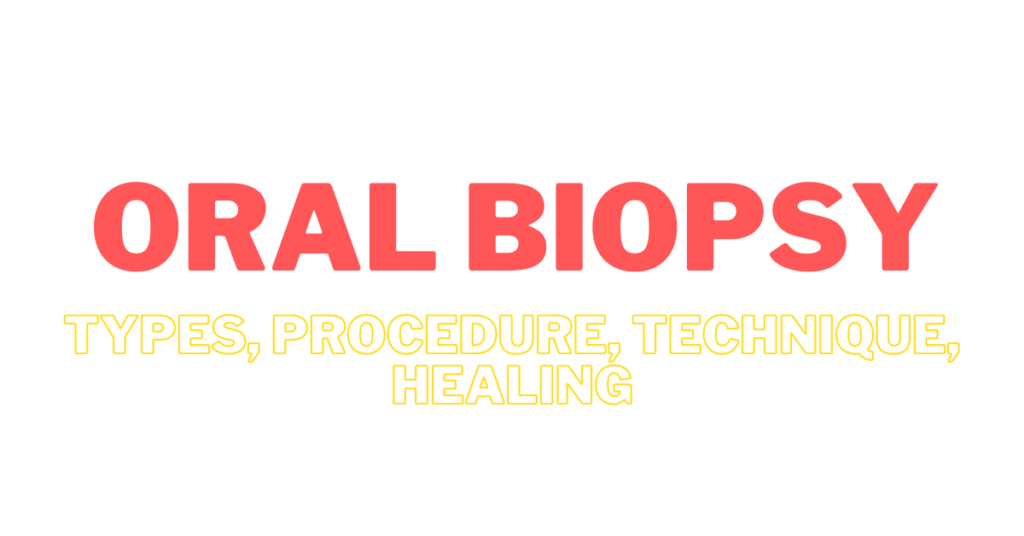What is Biopsy?
- Biopsy is the removal of tissue from the living organism for the purposes of microscopic examination and diagnosis.
- Not only it helps in the diagnosis but also serves as a treatment option for smaller lesions by excising in toto.
Types of Biopsy:-
1. Excisional biopsy –

- Total excision of a small lesion for microscopic study is called excisional biopsy.
- Preferred if size of lesion is such that it may be removed along with a margin of normal tissue.
2. Incisional biopsy –

- Some lesions are too large to excise initially without having established a diagnosis, or are of such a nature that excision would be inadvisable. In such cases, a small piece is removed for examination. This is termed an incisional biopsy
- Useful in dealing with large lesions which operator suspect may be treated by means other than surgery or lesions in which the diagnosis will determine whether the treatment should be conservative or radical.
- Biopsy should include surrounding normal tissue with adequate depth of underlying connective tissue.
Methods used for obtaining biopsy:-
- Surgical excision using Scalpel (Preferred) –
- cleanly removes tissue
- does not dehydrate tissue as cautery
- Cautery (useful in dealing with vascular lesions, where it controls bleeding at the biopsy site)
- Punch Biopsy

- Aspiration With Needle – little value in the diagnosis of oral lesions
- Exfoliative Cytology Technique
Biopsy Technique
- If using infiltration anaesthesia inject around periphery of the lesion.
- Use sharp scalpel to avoid tearing lesions.
- Remove border of normal tissue with specimen if at all possible.
- Use care not to mutilate specimen.
- Fix tissue immediately upon removal in 10%formalin/70%alcohol
Healing of Biopsy Wound
- Healing of a biopsy wound can take place by either primary or secondary intention.
- Nature of the healing process depends upon whether the edges of the wound can be brought into apposition, often by suturing, or whether the lesion must fill in gradually with granulation tissue.

